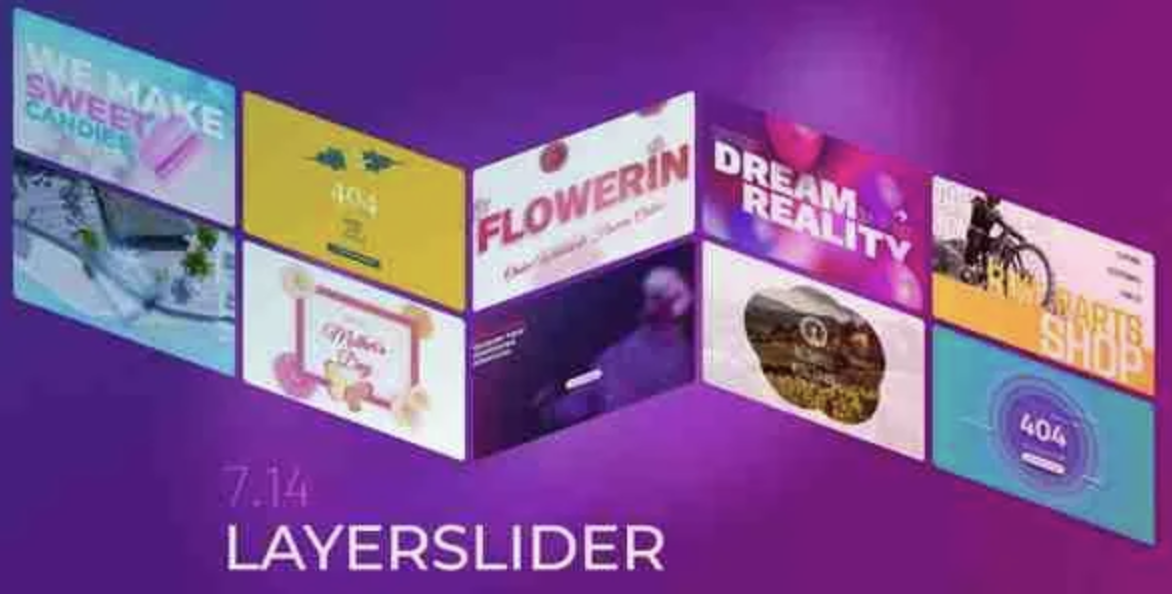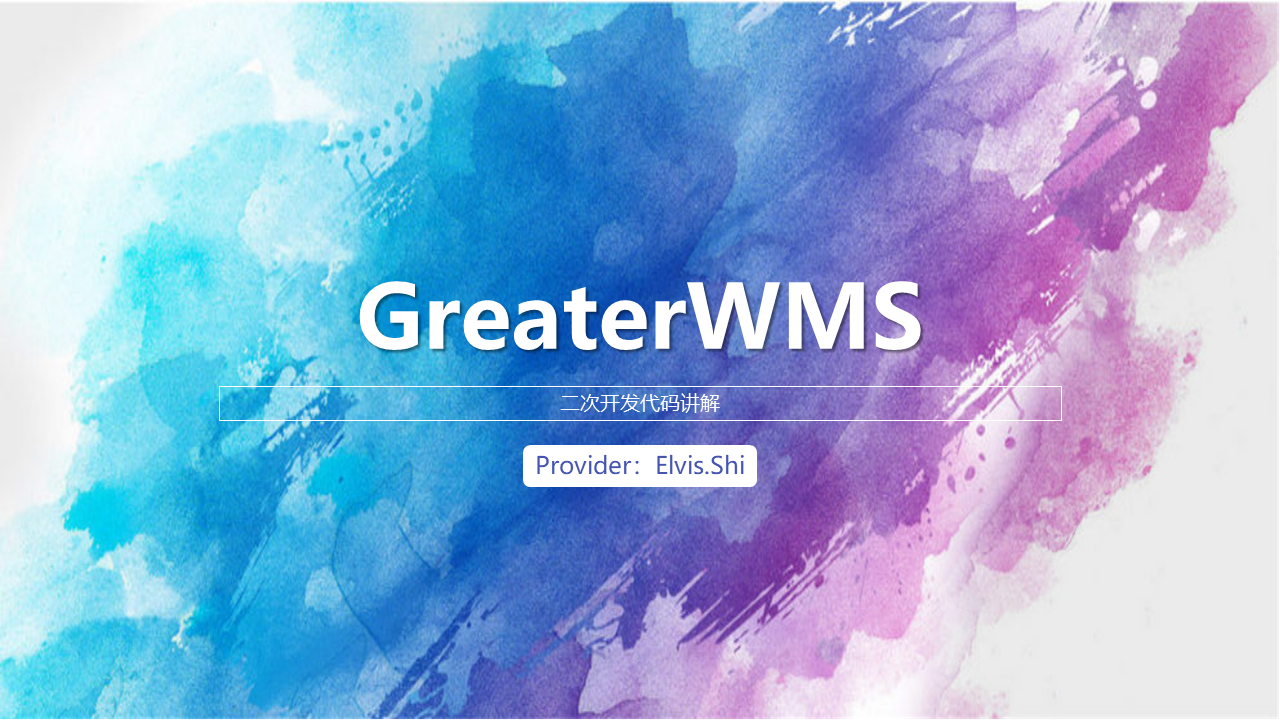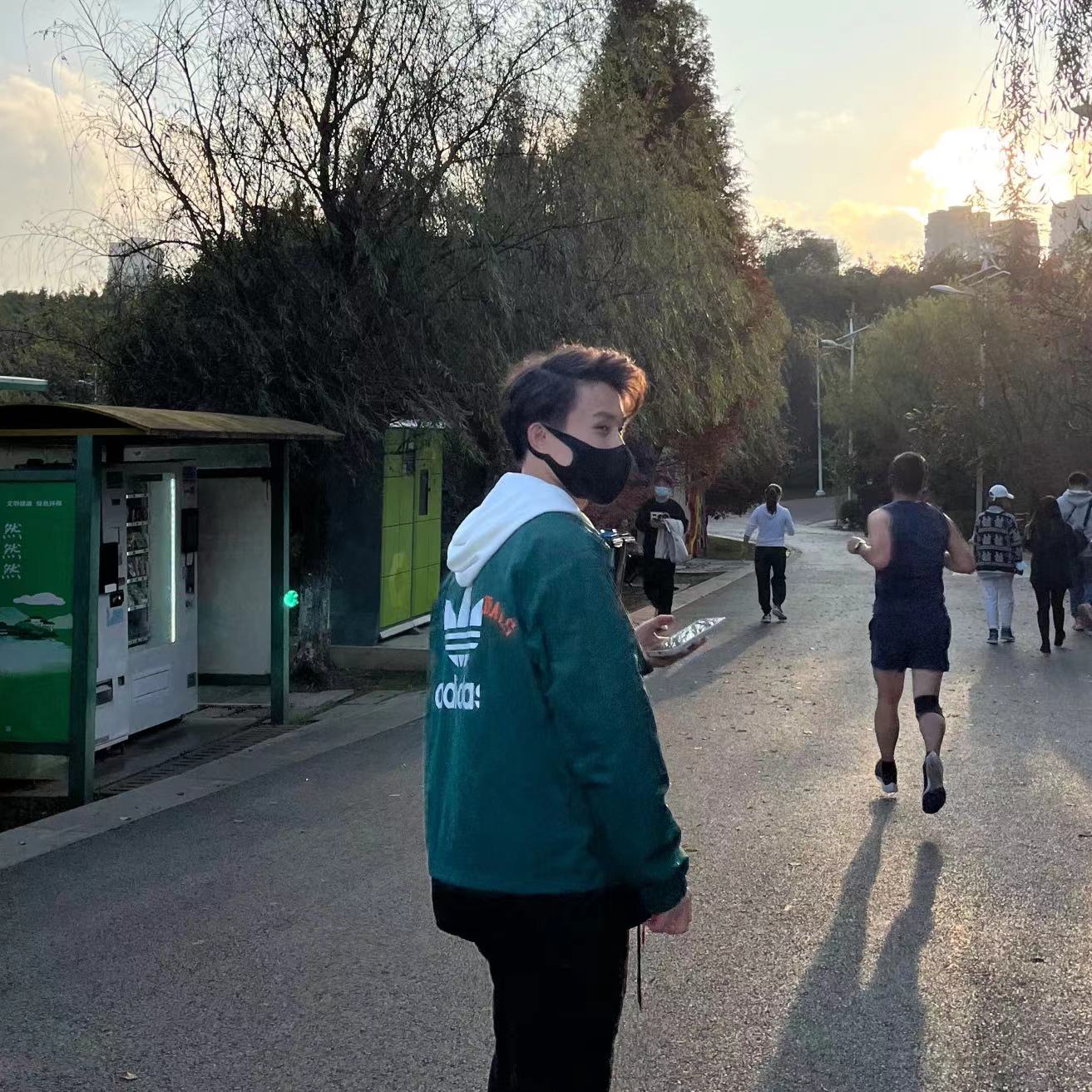LayerSlider in the Wild: What Actually Works When Marketing Wants Motion

There are only two kinds of sliders in 2025: the ones that make your brand feel alive, and the ones that silently kill your conversions. Teams don’t set out to slow the site—yet it happens every time motion becomes the message instead of the helper. LayerSlider + Templates – WordPress Slider Plugin sits in a helpful middle: the controls are powerful, the presets cover most marketing asks, and if you approach it with a few grown-up rules, you can keep pages fast and legible on mid-tier phones. This piece is not a feature parade; it’s a field note for operators who have to ship by Friday and still sleep at night.
The conversation that usually starts this project
A designer says, “We need a hero that tells the story in five seconds.” The marketer says, “And can it show three products and a testimonial?” The engineer knows: that’s three different jobs and one area of the page. The trick is to keep the frame calm while letting the message move.
Rule zero: the slider is an editorial pattern, not a toy. If it doesn’t serve one of these, cut it:
- Clarify a product value in one view.
- Sequence a process (step 1 → step 2 → result).
- Rotate limited-time offers without pushing the rest of the layout around.
Everything else belongs in a static hero and a clean grid below.
What “good motion” looks like in the real world
- Short first frame (1–2 seconds) with real text, not images-of-text.
- One motion at a time: if the headline fades, the background doesn’t parallax.
- Predictable aspect ratios so the page doesn’t jump (CLS ≈ 0.00).
- Obvious controls (pause, next/prev) and keyboard access.
- Respect for
prefers-reduced-motionwithout turning the section into a blank square.
When we get those right, the slider feels like a page, not a mini-game.
Why this plugin (and the Templates) usually gets the nod
- Timeline editing that makes sense to non-animators. You can stagger headline → subhead → button in under a minute.
- Templates as guardrails. The best use is not “wow” but consistency: matching easing, timings, and spacing across campaigns.
- Layer logic that works with content, not against it: live text layers, image layers, and background layers that don’t require exporting every word into a PNG.
- Device-aware variants so the mobile hero is not a shrunk desktop disaster.
None of that matters without a sober rollout plan, so here’s one.
Hand-off checklist (copy/paste into your doc)
- [ ] First frame readable under 0.5 s on 3G Fast.
- [ ] Payload under 400 KB above the fold.
- [ ] Text layers, not image text; contrast AA+.
- [ ] Controls reachable with keyboard; Pause works.
- [ ]
prefers-reduced-motionhonored. - [ ] Images sized to layout; widths capped; WebP/AVIF preferred.
- [ ] Single CTA; price/offer not in a moving target.
- [ ] Mobile variant simplified; no background video on data.
- [ ] Analytics events on impressions and CTA clicks.
- [ ] One owner, one schedule, one place to request changes.
Tape it to the monitor. Future-you will thank past-you.
A word on sourcing (because release cadence matters)
Teams that treat updates as a weekly ritual tend to sleep better. If you’re standardizing plugin versions across staging and production, a curated catalog like gplpal helps keep releases predictable so your motion system doesn’t drift while you’re busy making the next campaign sing.
Closing: motion as manners
Sliders get a bad rap because most of them are loud guests. The best ones behave like a considerate host: they introduce the room, step back, and let visitors move at their own pace. LayerSlider gives you the tools; your craft is the restraint. If you do nothing else after reading this, do this: pick one pattern, set a payload budget, and give your motion an “off” switch. That’s the difference between a homepage and a billboard.






